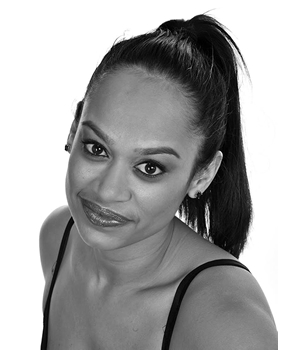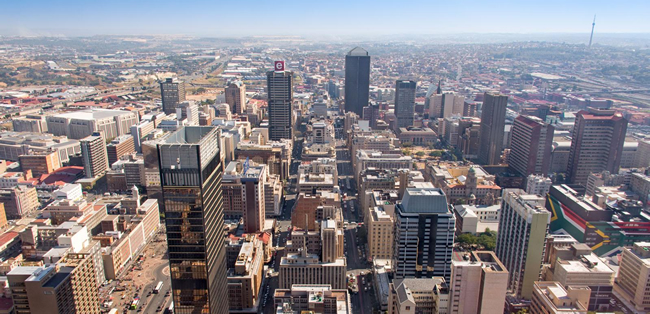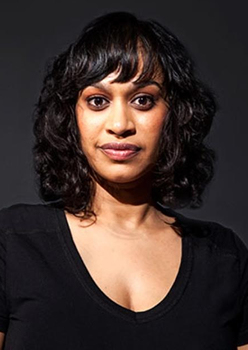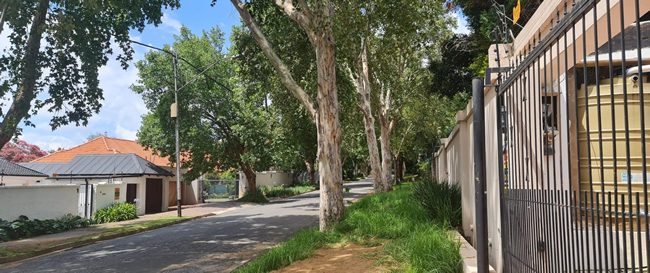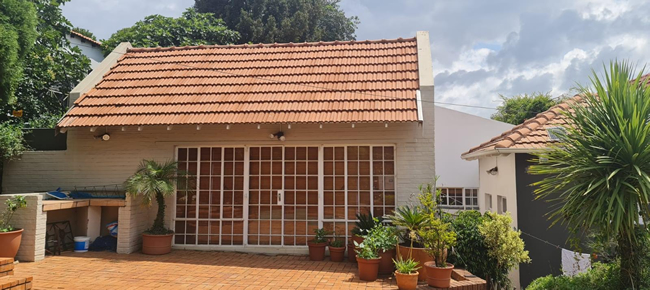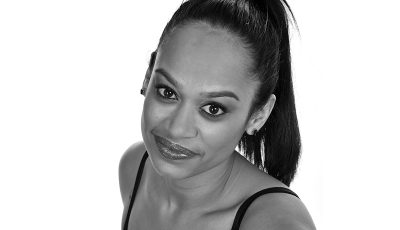

Africa Scene: Ameera Patel
Characters Living Outside the Lines
Ameera Patel is very talented. In 2016 she was named as one of the Mail & Guardian’s Top 200 young South Africans. She is a Naledi award-winning actor as well as a writer. Starting with a BA in Theatre and Performance, she went on to earn a distinction for a Masters in Creative Writing. Patel is the author of award-winning plays and a film series. Her debut novel OUTSIDE THE LINES has been published in South Africa, Germany, and North America.
Set in Johannesburg, South Africa’s commercial hub, OUTSIDE THE LINES features as diverse a collection of characters as one could hope to meet. Frank and his daughter, Cathleen, live in a modest suburban house, but there’s been little meaningful contact between them since Cathleen’s mother died.
Cathleen’s life now revolves around drugs and obtaining money for them. Inevitably, she falls for a trap that leads to her being kidnapped. The maid, Flora, also lives in the house and has empathy for Cathleen, but no real authority.
The house is being repainted by a Zimbabwean, Runyararo, who is in the country illegally and whose situation forces him outside the lines. Then there is Farhana, who comes from a strict Muslim family, but whose boyfriend is a Black drug dealer.
This heady mixture of characters meshes to a tense, literary thriller. She talks more about it in this interview for The Big Thrill.
What attracted you to the premise of the novel in the first place?
Initially I was interested in the idea of fear vs. phobia. When are our fears legitimate and necessary to keep us safe, and when do they become obsessive and paralyzing, preventing us from seeing the truth? Johannesburg is known as a crime hotspot, and people live in a state of fear; through OUTSIDE THE LINES, I wanted to explore what happens when this fear becomes a phobia, and we lose our ability to think rationally. We make dangerous, impulsive choices because we are reacting from a heightened emotional state, as is the case with Frank when he comes face to face with Runyararo toward the end of the novel. I also wanted to explore this melting pot of a city where we live amongst such a variety of people, some of whose stories we never open ourselves up to hearing. The theme of family and parenting was interesting to me, especially when I considered the role of the domestic worker or “nanny” in middle class homes. As a hangover from apartheid, this type of labor is cheap and often exploited. These women tend to raise the children of the home but aren’t given the power to discipline the children, and at a certain point the children grow up and start to see the domestic worker as an employee of the family rather than a parental figure.
Most South African crime fiction is set in Cape Town. The nature of Johannesburg and its diversity is a powerful setting for your novel. Did you set out to explore the city in this way, or did it naturally evolve with the narrative?
I was born and bred in Johannesburg, so it’s what I know, and it was far easier to write about because of this. I also wanted to explore different aspects of the city. While it is known as a dangerous city, it is a big part of who I am and how I identify in the world. I wanted to show Johannesburg as I know it: a place to grow up in, to fall in love in, to party in, and a place full of fantastic stories and people. I find Johannesburg as diverse as the society that occupies it, and I definitely wanted to explore it as a fully rounded creature in its own right.
The story is told in interweaving chapters from the points of view of each of the major characters. Thus we are able to see how each is seen by her or himself as well as by all the others. All are flawed, but this approach enables us to develop sympathy for them. Was that an objective of choosing this style to tell the story?
Definitely. I think as human beings we are all flawed, and those flaws tend to make us more relatable than our strengths. As an actress, something I always look for in my characters is what their flaws are… What is the thing that makes them human? By showing the characters’ own perception of themselves and then having other voices add to this description, it really helped me to build complex characters without making them too self-aware of themselves or so wonderful that they are hard to believe. Once I identified their flaws, I could allow them to make bad decisions based on these, making the story far more interesting… I hope.
Cathleen falls foul of a drug gang. Runyararo and his friend are sucked into their orbit by the promise of money. Farhana’s boyfriend is a dealer, which she hides from her strict Muslim family. But the kidnapping and robbery involves them all. There seems to be an inevitability about it. Is everyone, in a sense, “outside the lines”?
The short answer is yes, no one in the world plays fully within the lines. Perhaps Flora, the domestic and mother figure in the book, has the strongest morals and keeps herself bound within her moral framing. But she doesn’t draw the lines between right and wrong with as much judgement for her own son as she does with Cathleen. While most of the characters find themselves “outside the lines,” I think it’s what gets them there that is most interesting. Cathleen is at a loss after her mother’s death and turns to drugs as a coping mechanism, and while she makes many bad choices, she is still a young girl desperate and grieving. Runyararo is also just desperate to make ends meet in a city that is not friendly to foreigners, and Zee, Farhana’s boyfriend and Flora’s son, finds himself battling the capitalist struggle to better himself in terms of class and social status. All of these very different characters find themselves living “outside of the lines” for different reasons, but the idea is that it could happen to any of us.
Cathleen and her father, Frank, live in a suburban house together, but there is hardly any attempt at communication between them. Frank doesn’t even notice when his daughter is missing for several days. Yet they do care about each other. Alienation seems to be a subtheme of the novel—between races and across generations. Would you comment?
After the death of his wife, Frank is at a loss with his children and himself and in a strange way leaves the parenting to Flora, the domestic worker. I wanted to explore what happens in homes where parents rely too heavily on the domestic to parent and forget their own responsibilities when it comes to their children. There is inevitably a gap between generations, and unless we make a conscious effort to try and find out what the next generation is dealing with, we will become alienated from them. Post-apartheid South Africa first celebrated the idea of a rainbow nation, but the after-effects of apartheid were too deeply entrenched to be washed over by this beautiful concept. People were brainwashed into believing that they are intrinsically different to each other, and that doesn’t just go away overnight. The gap between those who lived through apartheid and those who are referred to as “born frees” adds to the alienation as the youth don’t have a real understanding of what life was like before. There are then further social injustices and the economic divide between those who benefitted from apartheid and those who are now called “previously disadvantaged.” In my opinion, the disadvantage has not gone away, as people are not afforded the same opportunities or privileges. This is evident in Cathleen and Zee, who are similar in age but have very different opportunities.
Runyararo is an interesting character. In South Africa illegally, he makes a living doing painting jobs, and he does them well, but he doesn’t talk. Frank and Cathleen accuse him of stealing some money, although Cathleen took it herself for drugs. This forces him into work for the drug gang, yet later he shows a moral level none of the others reach. How did you conceive him?
In South Africa, we have a huge problem with xenophobia, and immigrants form some of our most vulnerable communities. I made Runyararo mute to show his position in society, as someone who isn’t really “seen” or “heard”. But because of this, he is always listening and watching, and he can take in the world in the way that none of the characters can because his silence allows him more time to reflect.
OUTSIDE THE LINES is a standalone. Are you planning future crime novels? Anything currently on the drawing board?
I really do hope to write a second novel. There’s nothing brewing currently, but I’m hoping to set some time aside for it this year. There are still so many stories to tell, and I hope to be able to unravel another one soon.
- International Thrills: Femi Kayode - March 29, 2024
- International Thrills: Shubnum Khan - February 22, 2024
- International Thrills: Why Read African Thrillers? A Year in Review - December 15, 2023


